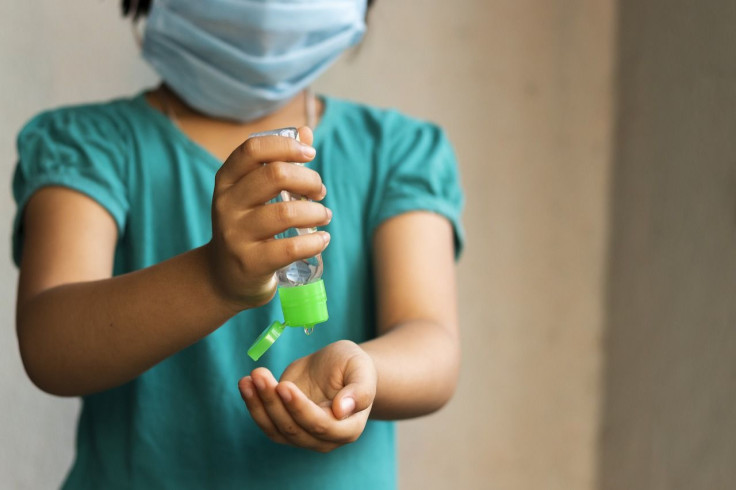Coronavirus Infection: Kids Can Spread Virus As Much As Adults Can, Recent Study Finds
KEY POINTS
- Previous epidemiological research showed children could not transmit coronavirus
- A recent study showed children have as much virus in their noses as adults
- Children below five years old have the highest viral loads
New research found kids with COVID-19 have similar amounts of coronavirus in their noses as adults, suggesting they could pose a serious risk if schools reopen.
A study entitled “Age-Related Differences in Nasopharyngeal Severe Acute Respiratory Syndrome Coronavirus 2 Levels in Patients With Mild to Moderate Coronavirus Disease 2019” published in Jama Pediatrics on Sunday, July 30, examined the results of coronavirus testing performed on children and teens in Chicago back in March and April. Researchers found SARS-CoV-2 in their nasal passages in amounts similar to, sometimes more than, that of adults. They also reported that children below 5 years old have the highest viral loads.
"It's concerning the youngest individuals were the ones with the highest amount of virus," said Dr. Taylor Heald-Sargent, the study's lead researcher and a pediatric infectious diseases specialist at Chicago's Lurie Children's Hospital. She added children do not wash their hands always, nor are they keen on wearing masks all the time, US News and World Report revealed.
Their findings cast doubt on past epidemiological studies that appear to exonerate children from spreading the infectious virus between themselves or to adults. The U.S. Centers for Disease Control and Prevention (CDC) guidance on the reopening of schools in the country were based on those previous epidemiological studies.

Some of the contentions of health officials with regards to the reopening of schools and daycares were that children carry lesser amounts of viruses in their noses and are not very efficient replicators, which is why they are not as severely sick, Heald-Sargent explained. She pointed out their data clashes with that contention.
"They can sustain replication, the same amount as older individuals, if not more," she said.
Heald-Sargent's research involved analyzing nasal samples from 145 coronavirus-positive patients. She and her colleagues found young children had average viral loads of up to 100 times greater compared to adults. They also discovered kids are efficiently replicating viruses in their noses similar to and in some cases even more efficiently than adults. The researchers concluded it is therefore logical that children can also transmit the virus and spread them like adults.
On the contrary, Johns Hopkins Center for Health Security senior scholar Dr. Amesh Adalja stated there is no proof of such infection risk in real-world epidemiological research.
"It is one thing to find the virus in the nasal passages of a child versus finding epidemiological evidence of kids passing it on to other people," the senior scholar said. He explained that for him, it is the most crucial thing.
"We're still not seeing outbreaks being driven by children to the extent they are driven by older individuals, and that's even though they have the virus in their nose," Adalja added.
© Copyright IBTimes 2024. All rights reserved.





















